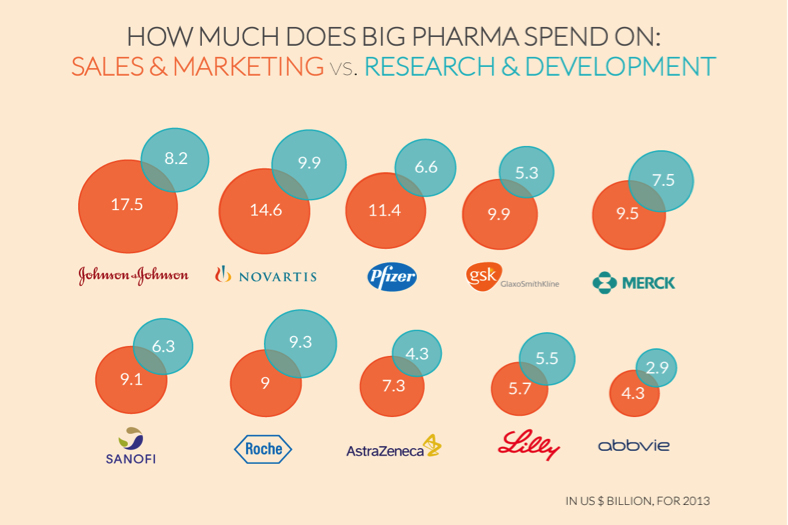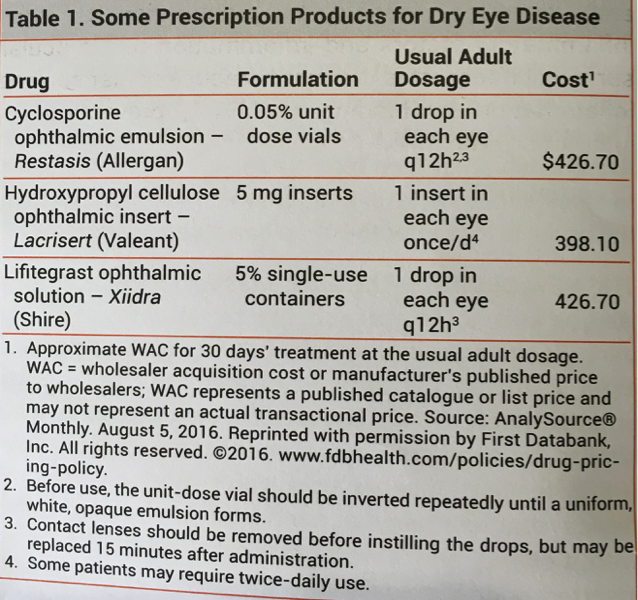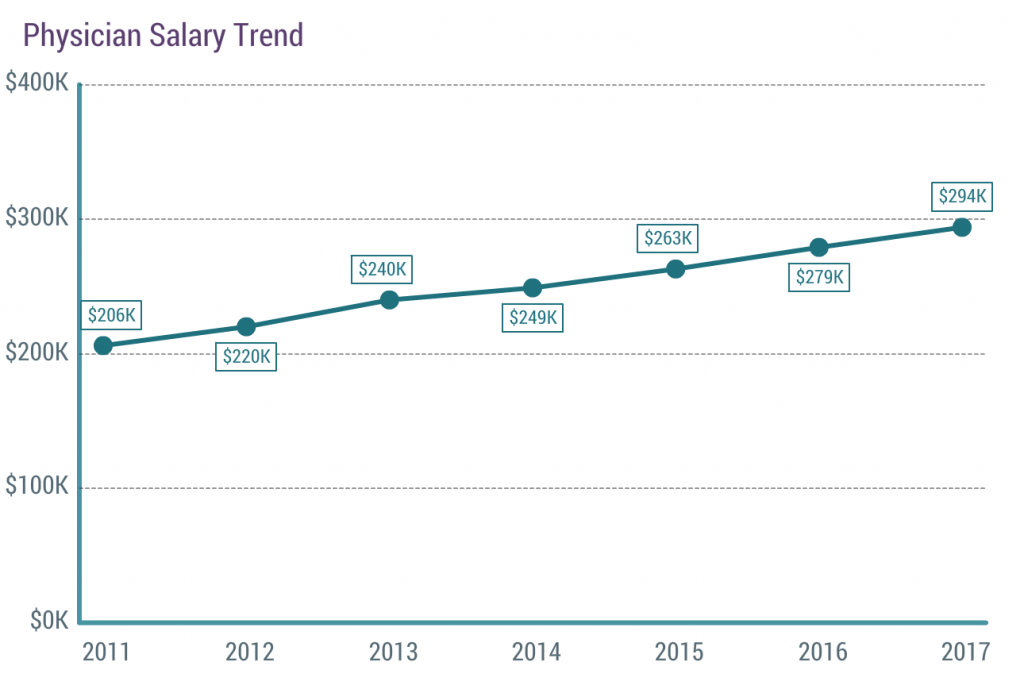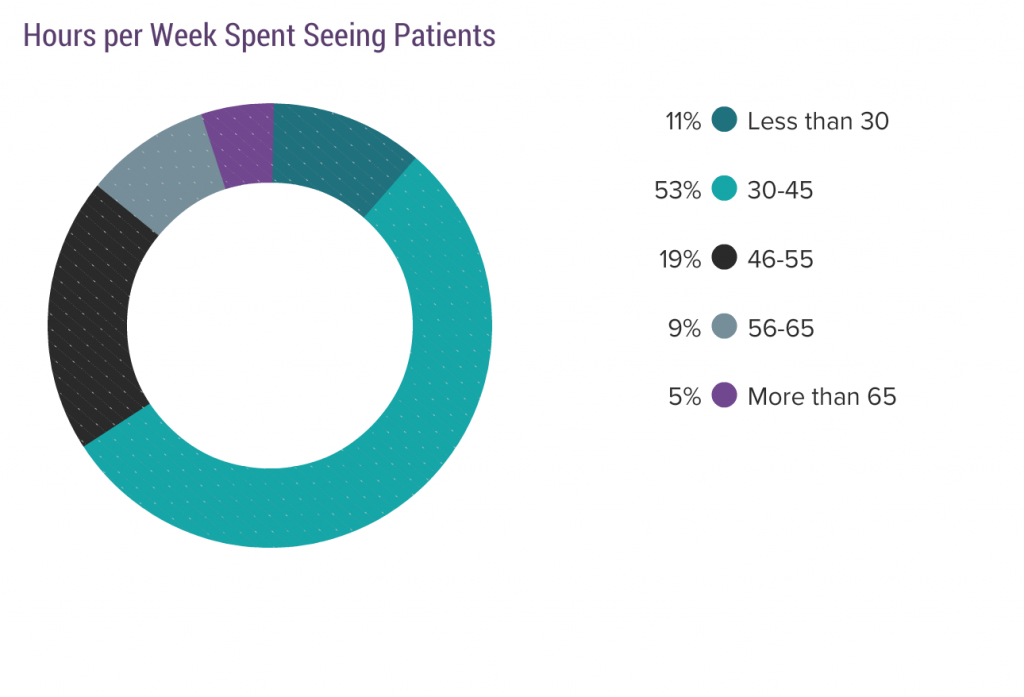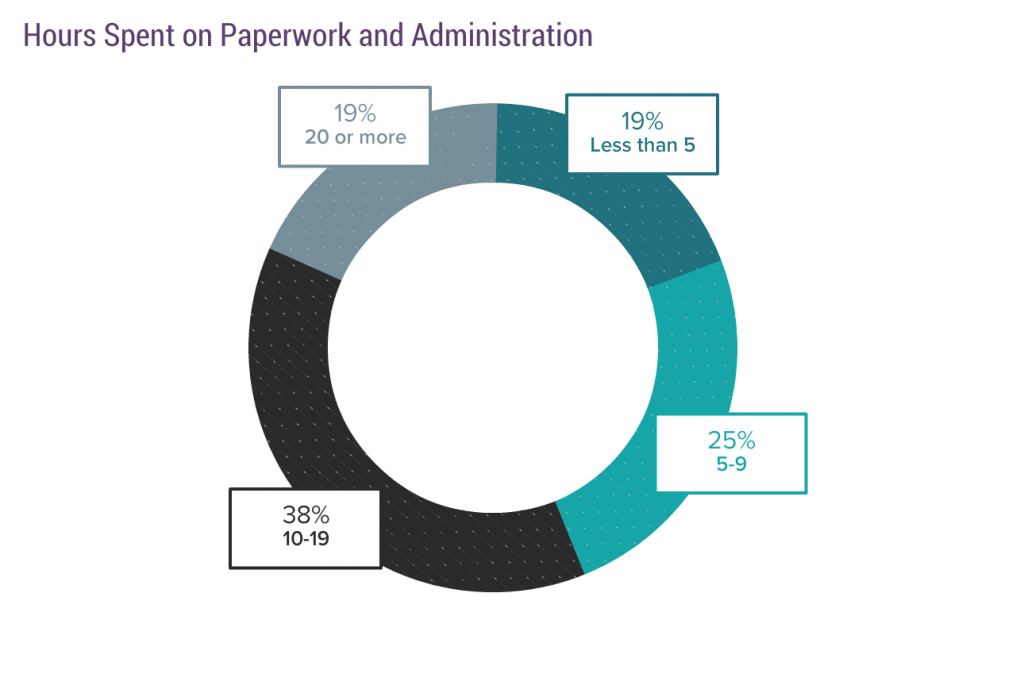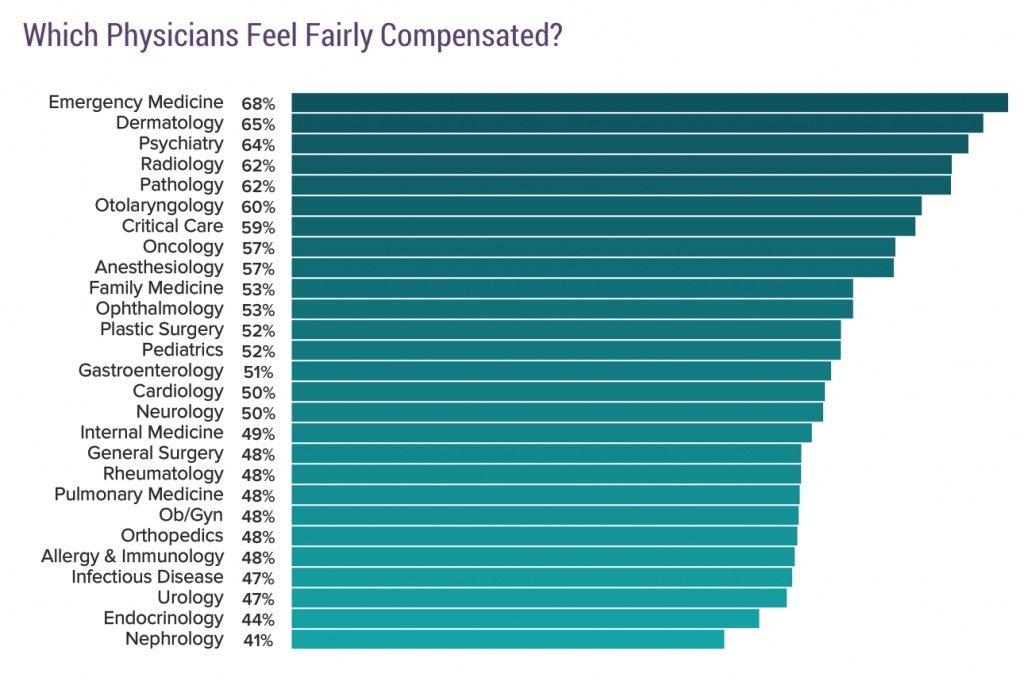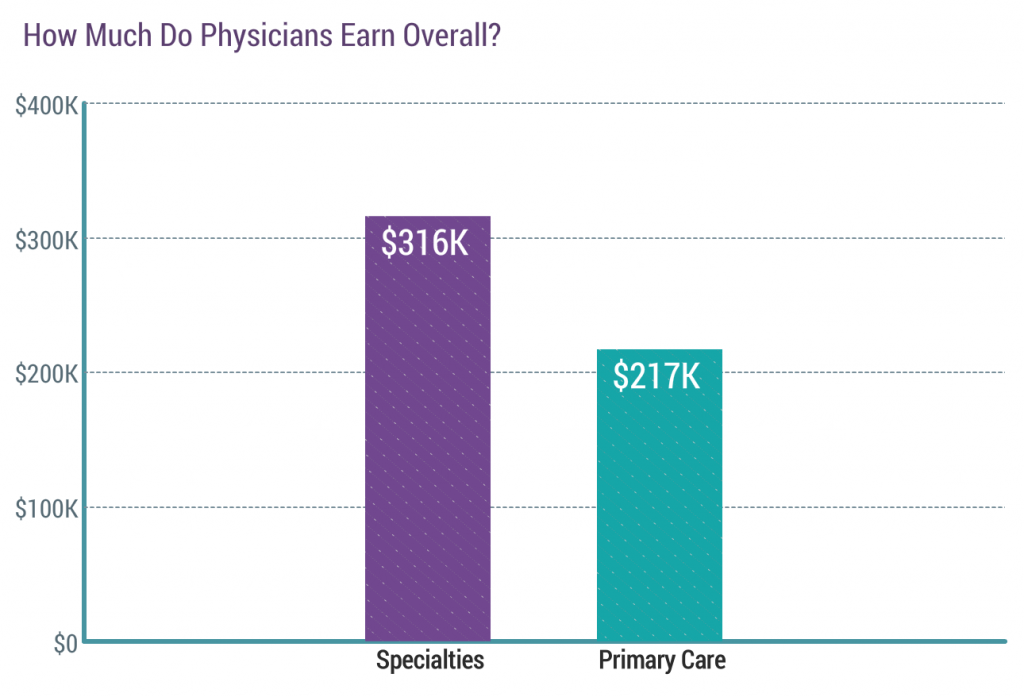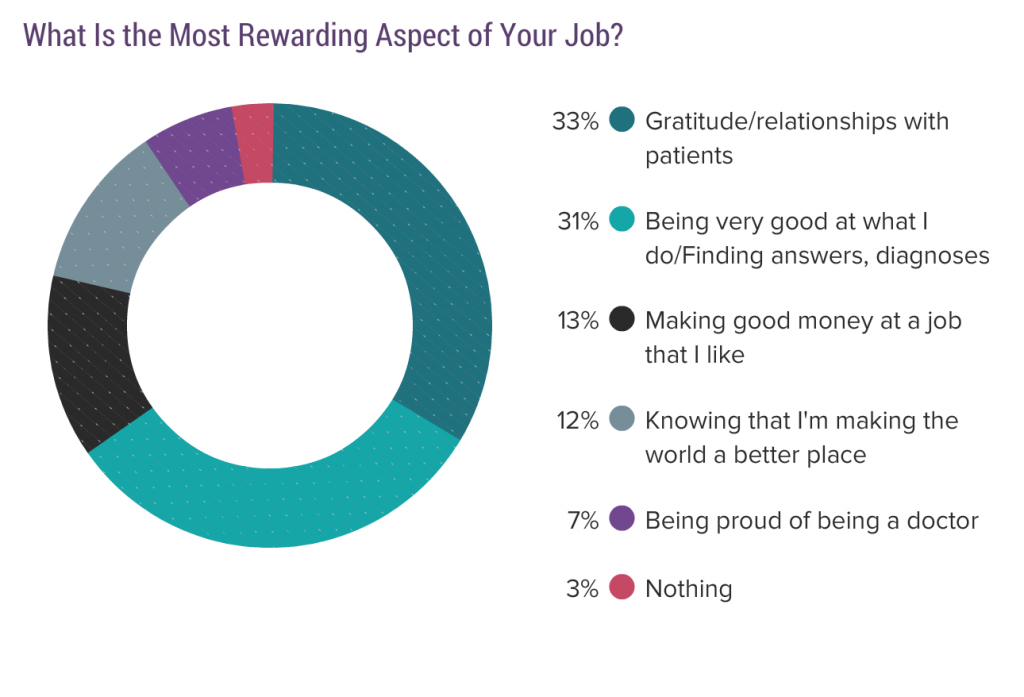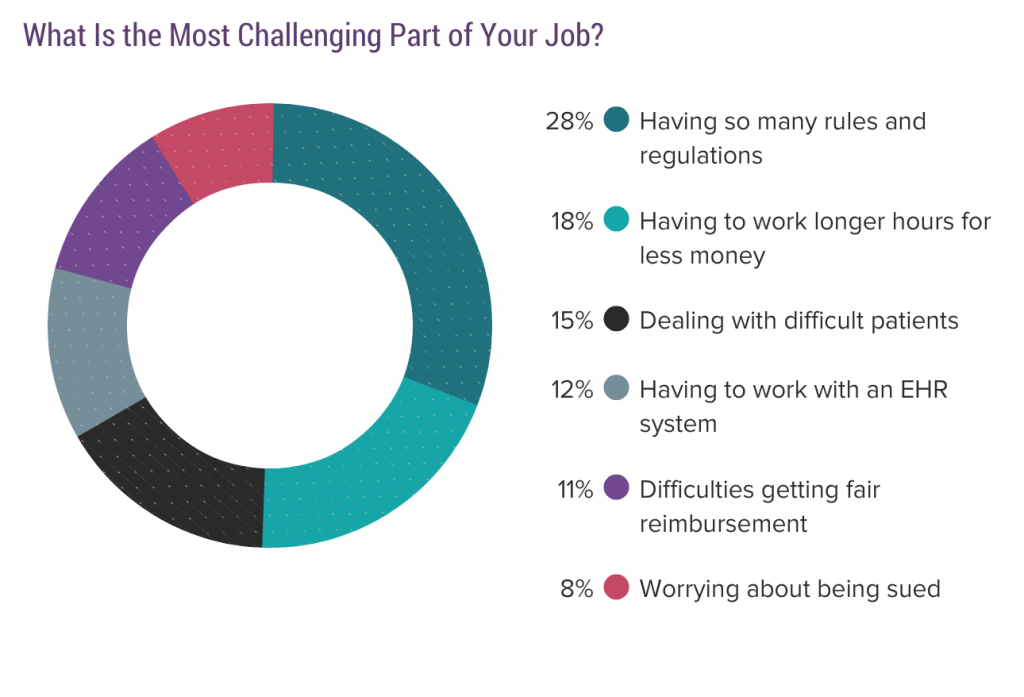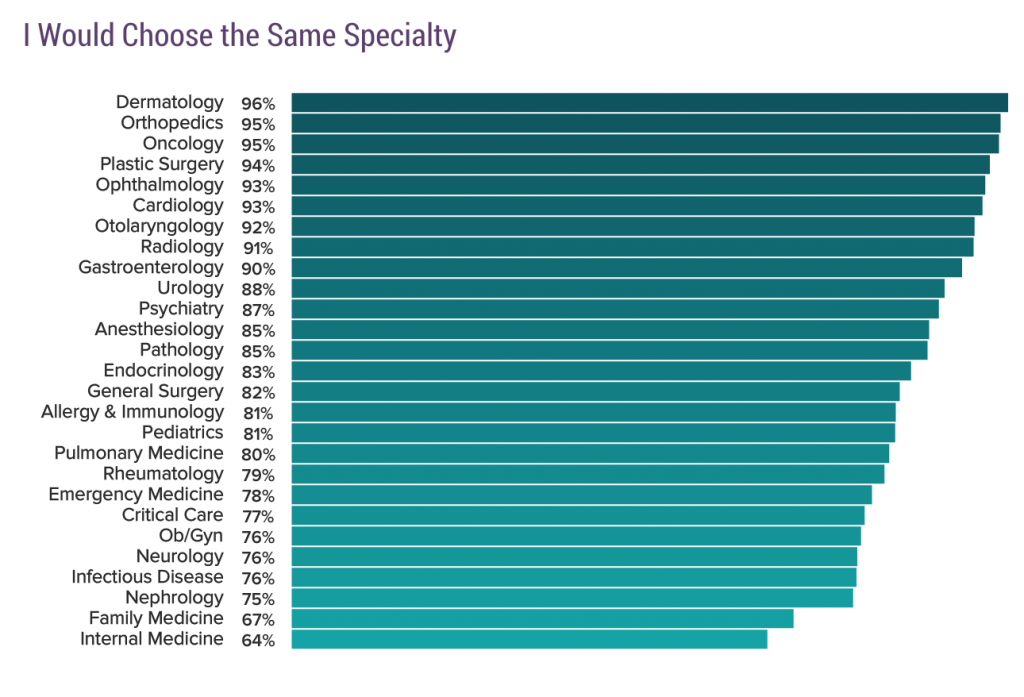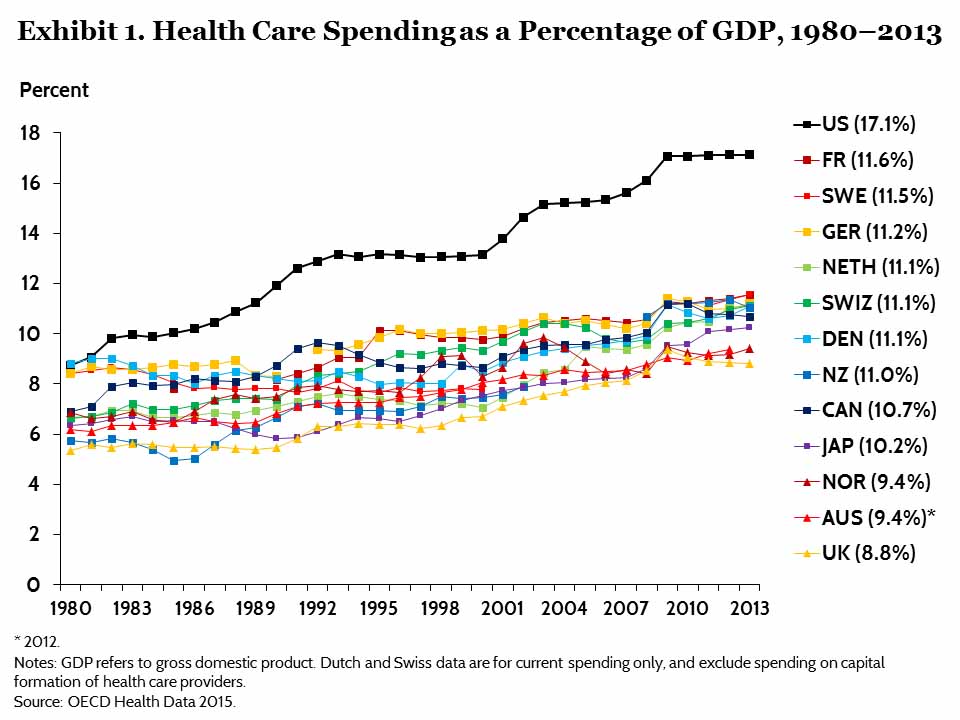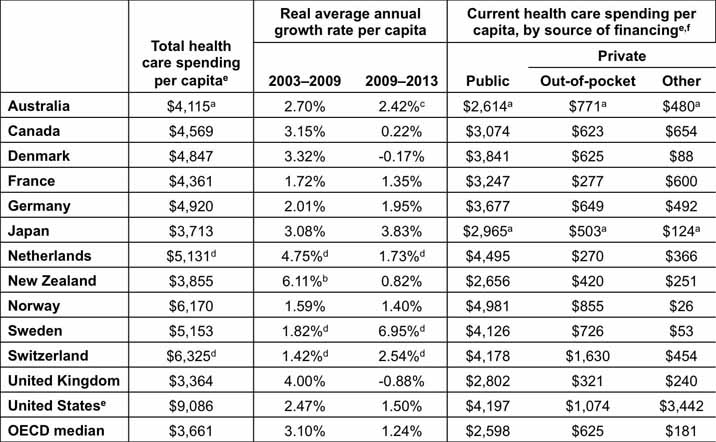The Swiss Cheese Model
In 1990, James Reason proposed a relatively simplistic model for understanding errors and defenses against errors resulting in defects.
Definitions: Errors = something went wrong. Defects = errors have an impact on the customer, in our case, the patient.
So, an error can be a mistake or mishap that is blocked by a “defense mechanism” so that the customer/patient never feels any impact (the defect). If the error in a process is blocked near the customer/patient it is called a “near miss”.
Example: A patient is in a same day surgery center and requires a medication. A nurse hands the doctor a syringe full of the medication. The doctor asks a verifying question about the dose amount. The nurse double checks the medication vial and says, “Oops, the syringe has 10 times the requested dose” and takes back the syringe. This is a blocked error (wrong dose) and a near miss (since the next step in the process would have been injecting the medication into the patient which would have caused a defect).
James Reason’s model assumes that every step in a process has inherent errors and is like a slice of Swiss cheese. The first trick is to have as few holes and the smallest holes in the cheese as possible. As the process steps line up, each step/slice of cheese has holes, but the next trick is to have none of the holes line up, so each step “blocks” the previous step’s “holes” (errors). Problems occur when holes line up in the slices of cheese creating an “error conduit” allowing an error effect to pass through the holes resulting in a defect event impacting the customer/patient. Often this defect event has catastrophic consequences. If you Google “Swiss Cheese Model” you will be able to see Reason’s drawings of the model.
In the example above, the holes might be: There is no training regarding call-back between nurse and doctor (where the doctor says “ten milligrams valium IV”, the nurse says “ten milligrams Valium IV”), maybe the bottle of Valium delivered by the pharmacy is 100mg per cc instead of 10mg per cc, the nurse didn’t read the bottle for concentration amount, etc. You get the point. All of these errors added up to the nurse giving the doctor a syringe with ten times the requested dose. If the doctor just took the syringe and injected it, the patient would have had a respiratory arrest. A catastrophic event.
Well, it turns out, health care processes have a lot of holes in the Swiss cheese and it isn’t uncommon for the holes to line up.
But, you don’t have to take my word for it. Here is an excerpt from a study of Medicare beneficiaries. An “adverse event” is a “defect”.
Department of Health and Human Services
OFFICE OF INSPECTOR GENERAL
ADVERSE EVENTS IN HOSPITALS:
NATIONAL INCIDENCE AMONG MEDICARE BENEFICIARIES
FINDINGS
“An estimated 13.5 percent of hospitalized Medicare beneficiaries experienced adverse events during their hospital stays. Of the nearly 1 million Medicare beneficiaries discharged from hospitals in October 2008, about 1 in 7 experienced an adverse event that met at least 1 of our criteria (13.5 percent). This rate projects to an estimated 134,000 Medicare beneficiaries experiencing at least 1 adverse event in hospitals during the 1-month study period. We calculated incidence rates for adverse events that met our three criteria: 0.6 percent of beneficiaries had an NQF Serious Reportable Event, 1.0 percent had a Medicare HAC event, and 13.1 percent experienced an adverse event resulting in the four most serious categories of patient harm. An estimated 1.5 percent of Medicare beneficiaries experienced an event that contributed to their deaths, which projects to 15,000 patients in a single month.
An additional 13.5 percent of Medicare beneficiaries experienced events during their hospital stays that resulted in temporary harm.
Temporary harm events are those that require intervention but do not cause lasting harm. Although many cases represent fairly minor occurrences, such as hypoglycemia, others were classified as temporary harm only because the patients were in the hospital for lengthy periods as a result of other, more serious, diagnoses, allowing hospitals enough time to address the harm prior to discharge. Additionally, 28 percent of beneficiaries who experienced adverse events also had temporary harm events during the same stay.
Physician reviewers determined that 44 percent of adverse and temporary harm events were clearly or likely preventable.
Physicians determined that 44 percent of all events were preventable and 51 percent were not preventable. (For the remaining 5 percent of events, physicians were unable to make determinations.) Events related to surgery or procedures were less likely to be preventable than other types of events, such as hospital-acquired infections. Preventable events were linked most commonly to medical errors, substandard care, and lack of patient monitoring and assessment. Physician reviewers assessed events as not preventable when they occurred despite proper assessment and care or when the patients were highly susceptible to the events due to health status. Nearly all events on the NQF and Medicare lists were assessed as preventable, a key criterion of both lists.”
One thing is, the VAST majority of studies on medical adverse events is in hospitals, which are relatively controlled environments. Some experts estimate that outpatient adverse events are at least 20 times higher than hospital events, but, up to the date of this post, I don’t know of any well-designed study that quantifies outpatient adverse events. I proposed doing this when I was a Medical Director of a large integrated delivery system (IDS) (Hospitals, Ancillaries, Health Plan and Physician Group) and they wouldn’t fund or allow the activity. We could have done it because we had huge amounts of outpatient data, including non-IDS-physician group providers and pharmacies. We could have made a positive impact with the information. The main problems with getting the activity funded were: 1. Since the prevalence and types of adverse events weren’t known, a financial return on investment (ROI) estimate couldn’t be made (remember, it’s all about the money) and, 2. Fixing things would have meant applying the IDS’s resources to address things outside of the “four walls” of the IDS, i.e., it would cost the IDS money to improve these non-IDS systems. This was tantamount to heresy by the Finance Department, I mean, spend the IDS money on non-IDS providers and processes that would result in better and safer patient care? Yeah, right, that would never happen.
I’m going to get more into preventing errors and defects in future posts. There are ways to do it. Unfortunately, the US health care system doesn’t have the will to implement and maintain the ways to do it. Even Don Berwick is skeptical about the will of the health care industry to improve things. (Berwick, D., Vital Directions and National Will, JAMA, March 21, 2017)
So, here are three personal examples of outpatient errors. They didn’t result in a defect only because of my and my wife’s persistence. These are the stories of three consecutive prescription refill requests. I’m convinced that, if a person not as knowledgeable in health care systems as I am had these experiences, these would have been adverse events.
Here are my tales:
Twenty-first Century Medical Office
So, here’s an example of how a “next-generation” medical office system works. The issues were shared between the pharmacy and the physician office, but predominantly there were physician office systems errors.
My primary care physician (PCP) of 16 years is in a 650 “provider” (Physicians, Advance Practice Clinicians, Pharmacist Clinicians) multispecialty group. In August 2016, I had a periodic health check-up. My primary care told me he was moving to a government corporate position in October and I should call on October first and get a new PCP.
On October 1, I called the customer service department. They had no knowledge of the PCP leaving the medical group. I asked how they determine how the PCPs patients are re-distributed. They don’t know. I ask if there is any system or process involved that tries to match a patient’s conditions with an appropriate provider and… they don’t know. They tell me I’ll get a letter in the mail about it, but they don’t know when. I had to file a complaint to get the information about the available PCPs, their training, and any areas of clinical interest or enhanced training, etc.
I agreed on a PCP at the same clinic. Since I had just had my annual check up, there was no need for an appointment.
I moved from one side of town to the other side of town. Now my new PCP was about 12 miles away. The medical group opened a new clinic 3 miles from my new home. I called to transfer to the new site. I got a call from the medical group explaining that the new site was a new model, you weren’t signing up for a PCP, but a primary care site that was manned by one physician and five Advanced Practice Clinicians. I said that was OK with me as I supported that model. I also had transferred all of my prescriptions to a new pharmacy (same chain) near my home.
Two months later, I needed a prescription refill. I’d been on this medication for more than 10 years. I used the Pharmacy chain’s online refill request system. I had refilled the prescription 60 days before, and was, at the time, a little perplexed that they gave me 60 because the usual amount was 90. Here’s the 24-hour chain of events:
March 12: Submitted refill request online.
March 13, 9:00 AM: I get a text message from the Pharmacy saying my prescription was delayed. The message said click on the link to see details. I clicked on the link and it brought me to a page that said, in order for me to see my prescription status, input your birthdate into the field below. I used their calendar function to input my birthdate. The birthdate showed up but it was grayed out and when I clicked “continue”, it reverted to an empty field and said it was a required field and I hadn’t filled it out. I tried to input the date 3 more times, got the same cycle back to an empty field with the same message and finally gave up on it.
March 13, 11:11 AM: I call the pharmacy asking what is the cause of the delay. The answer was, I have no more refills, that the reason I only got 60 the last time was there were no refills on the prescription the last time I requested a refill. This seemed odd as the process should have been requesting the refills from the PCP at that time and I should have gotten 90. [ERROR #1, not following standard process] – A prescription with no refills was refilled instead of the pharmacy requesting refills from the PCP. [ERROR #2, not following standard process] – The pharmacy never notified me that there were no refills.
Then they tell me they sent the refill request to the old PCPs office for the refill request. However, my new PCP is not in that practice since I moved to the new site. They suggest I call the old PCP office to make sure it would be refilled, since I wasn’t technically their patient anymore.
March 13, 11:18 AM: I call my old PCP office. The woman there tells me the prescription refill should come from the providers at my new site. She takes down all of the information and says she is sending a note to the new site to have it renewed.
March 13, 11:37 AM: I get a voicemail call from my new PCP site saying the prescription was renewed on March 1 at my old pharmacy 15 miles away and I should call my new pharmacy and have the refill transferred to my new pharmacy.
March 13, 11:44 AM: I call my new pharmacy and tell them what the last caller told me. The woman there searched their system and said there were no active requests for this medication for me in their system.
I started thinking, the March 1 date may have been incorrect and the last caller may have misstated the date. Maybe my old PCP site had sent it in and now there was also a request from the new site and there could be two requests going in at the same time.
March 13, 12:31 PM: I call back the old PCP site and voice my concerns that there could be two requests, and I request that they make my new pharmacy the default pharmacy in their Electronic Medical Record. The woman there said the default pharmacy was changed previously but there is no evidence of a prescription being sent in.
March 13, 1:05 PM: I call my new PCP site and inform them that there apparently is no refill request issued by them, because they think there was one called in on March 1, and my old PCP’s site hadn’t sent one in. I told the woman there that there was no evidence of a request in the pharmacy’s system, either. She said she would go over all of the info in the Electronic Medical Record (EMR) and put me on hold. She came back on and said she would get back to me.
March 13, 3:29 PM: I get a call back from a different woman from my new PCP site who tells me they misread the EMR and the March 1 refill was one year old, in 2016! [ERROR #3, inattention] – Misreading the EMR led to a potential gap in my having my medication (a “near miss” because of my persistence). She tells me that my new PCP may not refill the prescription because she has never seen me, that she would ask the “provider of the day” to renew it if the PCP wouldn’t but if he also declined, they would send the request to the old PCP’s site because they should be responsible for renewals until I can be seen by the new PCP. This is the exact opposite from what the first woman told me at my old PCP’s site. Also, this didn’t make sense because no provider at either site has seen me and they both have the same medical record to refer to since they are in the same group. [ERROR #4, lack of standardization or lack of adequate training] – Inconsistent staff information led to delay and bouncing accountability back and forth within the same medical group. [ERROR #5, lack of standardization] – A provider in the same medical group, seemingly the same medical practice, being unwilling to refill a continuous medication because they had never seen that person, but was willing to defer that to another provider who had never seen me and would never see me.
March 13, 3:47 PM: I get a call back from the new PCP office. The woman tells me that the new PCP will refill the prescription but wouldn’t approve any more refills until I was seen. I asked for an appointment and she gave me an appointment for 6 weeks hence.
When I got to the pharmacy, I only got a 30 day supply phoned into the pharmacy, two weeks less than needed to get to my appointment! [Error #6, inattention]
Does anyone think this is patient friendly?
Retail Pharmcy – this was mainly a pharmacy set of issues
I had a medication that needed to be refilled. With Big W Pharmacy, you can create an account and manage your medications online and with a smartphone app. So, I went online on my computer, signed in and went to the “Refill Prescriptions” page in the dropdown menu.
In the Refill Prescription page, all of your prescribed medications are listed. You can click on a button that activates automatic refill if you want. My medication is one that runs out variably so I didn’t activate that function for this particular medication. To the right of the auto-refill button is a check box that you check to refill a prescription. I checked the box next to the medication I wanted refilled. There is a button at the lower right that says “Request Refill”. I click on that button and I get a page that says my medication refill request is sent to my Big W Pharmacy, including the pharmacy’s address and telephone number.
Now I wait. The process should be, the request is sent to my pharmacy and the pharmacy either refills the prescription or, if all of the refills have been used, the pharmacy faxes a refill request to the doctor’s office. The doctor’s office is expected to review the faxes daily and send a doctor’s decision (refill or not refill) back to the pharmacy. If the doctor orders a refill, the pharmacy notifies the patient one of three ways: 1. A robo-phone call, 2. An email, 3. A text message.
Seven days later, I’m suspicious that something went wrong. I went into the online account and clicked on “Prescription status”. It’s an empty page. I called the doctor office, they hadn’t gotten a fax from the pharmacy. I called the pharmacy. They said they never got a notification from the online system. [Error #1, IT system malfunction] The woman who answered the phone said , “This happens all the time.” I asked, “Who do I talk to, to file a complaint?” She said I have to call corporate, the local pharmacies have nothing to do with the IT stuff. The woman entered my refill request into the system for me and said they would send a fax to the doctor’s office.
I called the corporate office and filed a complaint. They told me they would call me within 48 hours to tell me why the system didn’t work.
The next day, I got a text message that says my refill has been delayed and I should click on a link to see the status of my request. I clicked on the link and it took me to a page that said I must enter my date of birth in the field in order to access my prescription status. Since I’m on my smartphone, I poke at the field. It is totally dead. I try this 10 times, and it won’t work. The check box next to “I agree with the terms and conditions” works, but the birthdate field doesn’t. This was actually the second time in a row this happened. [Error #2, IT System malfunction]
I called the Big W Pharmacy’s corporate office again and filed another complaint. I get the same answer that someone will call me within 48 hours with what went wrong, but, I should use the online or smartphone app as they will be accurate. I told the person on the phone that I didn’t believe that those would be accurate since nothing I’ve used so far had been accurate.
I called the doctor’s office and got a voice mail. I left a message saying that Big W Pharmacy’s system has been problematic in getting a refill request to them and could they check their fax pile and see if something has come in. The voice mail says I will hear from them within 24 hours.
30 hours later, I’d heard nothing from either the pharmacy or the doctor’s office. [Error #3 Physician Office process delay] My wife checked the prescription status and it said Big W Pharmacy had sent the request twice to the doctor’s office.
At that point my wife called and left a long angry message. Now, it is nine days trying to get the refill and I’m out of the medication. Two hours later I get a call from the doctor’s office that they sent in the refill request. Fifty minutes later I got a Big W Pharmacy text saying my refill was ready. I got in the car and drove to the pharmacy drive-through window. There was a sign on the window saying the staff was on lunch from 1:30-2:00 and the pharmacy was closed. It was 1:35. [Error #4, Delay due to wait time]
I had to go home, and then drive back to the pharmacy after 2:30. [Error #5, customer required to over process]
I’ve never gotten a call from Big W Pharmacy IT people.
Does anyone think this is patient friendly?
Mail Order Pharmacy
My health plan has a contract with RxMO Pharmacy for mail order prescriptions. I had a visit with my Primary Care Physician (PCP) and asked her to send a prescription for a 90 day supply to the mail order pharmacy after I notified her through the patient portal that I was registered for mail order (I had never gotten mail order medications before).
I went to the health plan website and looked up how to get mail order prescriptions. What they had was a brochure .pdf from RxMO Pharmacy. The brochure had thee options: 1. Online registration, 2. Telephonic registration, and, 3. Paper registration through snail mail. I chose the online method.
I went to the URL on the brochure and clicked on “create new account”. I filled out all of the required fields and clicked “submit”. I got a page that said check my email to activate my account. I went to my email and there was the RxMO Pharmacy email. I opened the email and clicked on the activation link provided. That brought me to a page with a box that said, “click to activate”. I clicked on that box and it changed to “Your account has been activated.” Below that there was a button that said, “continue”. I clicked on continue and it brought me back to my health plan member pharmacy portal page, where I had started. I went to the RxMO Pharmacy website and signed in. It brought me back to my health plan member pharmacy portal page. [Error #1, IT malfunction]
So, I called the health plan member services telephone number. The customer service rep listened to my tale and then said, “I have to transfer you to someone who knows more about this.” She transferred me and I got another woman who told me the IT link between the health plan and RxMO Pharmacy wasn’t working and they were trying to fix it. She gave me the telephone number for the telephonic registration. [Error #2, re-processing]
I called the number and got a nice woman who looked in the system and said that the only two fields that had “taken” were my name and date of birth. I had to go through all of the fields again with her verbally. I also arranged for payment to be made by credit card. She said that all that needed to be done now was for my PCP to send them the prescription and they would process it, send it and charge my credit card. She said I would get a call within two days of their getting the prescription from my PCP notifying me when the package would arrive.
I messaged my PCP to send the prescription.
Two days later I got a message from the PCP office that they had sent in the prescription.
The next day, my phone rang with an 866 number. When I answered it, it was a robo-call fromRxMO Pharmacy. It said before they could send me the prescription they needed to verify that I was the person they should be sending it to. They asked me to input my date of birth. While I was doing that, my phone double struck one of the numbers and my phone doesn’t have a delete function for this, so, now I was stuck with a wrong date of birth. The robo-caller finally said it couldn’t understand my date of birth and it was transferring me to a live person. The phone rang twice and I got another robo-caller asking for my date of birth. I put it in correctly. Then it asked for my zip code. I put that in correctly. Then it asked for my phone number. I put that in correctly. Then it asked for my prescription number, also saying if I didn’t have the bottle with me, it would hold until I found the bottle.
Now, since this was totally new, I had no prescription number. The robo-caller finally said, if I didn’t input the prescription number, it couldn’t help me. [Error #3, Delay in process] I hit Zero on the phone. I got another robo-caller asking me if I was calling about Medicare Part D. I hit zero again and the robo-caller started talking again. I hit zero before I could even understand what it was saying. I hit zero five times and finally got a “transferring to a customer service representative. [Error #4, Over-processing]
A woman came on the phone and asked me the same questions the robo-caller did. [Error #5, Over processing] Then she said she had my account pulled up, why was I calling? I told her the above story, also adding that there should have been an opt out of the robo-caller (like, dial 0 at anytime to get to a live person) and asking me for a prescription number was really stupid for a first time prescription (yes, I used the term stupid!) and they should have had another opt out command, like, “if you don’t have a prescription number dial 0”.
She said, “I’m sorry, I can’t help you with filling a prescription. I’m going to live transfer you to the correct person” and put me on hold. I was on hold for almost 10 minutes. [Error #6, Delay on processing] The customer service rep came back on three times telling me she was still trying to transfer me. Finally, she said she had the person on the line and was now transferring me.
The person who received the transfer started with something like, “Hi, I hope I can help you but I may be the wrong person.”
WHAT?
So, I told her my story (again). [Error #7, Over-processing] She said she was the right person but didn’t know before I told her the story because the person who transferred me to her didn’t say why the transfer was occurring. [Error #8, inaccurate communication] She pulled up my account, verified the medication and asked if I wanted them to send me the drug (REALLY?!?). I said, yes. She verified the address and told me the medication would be arriving in eight days.
Does anyone think this is patient friendly?
You can see how these errors can line up like holes in Swiss cheese and result in a defect impacting a person. Luckily, my medications weren’t “life-saving” and I knew how to work the system. Not true for most people. And it could have been catastrophic for people on medications treating their cardiac disease or diabetes where their life is at stake. Read my Clinical Quality Part 1 post dated April 29, 2017 to see a more serious consequence of Pharmacy/Health Plan/Physician Office processes creating a serious adverse event.
And these examples are only relating to getting a medication!
This has to be what the majority of patients go through on a daily basis. I can’t imagine that these stories are specific only to me. And this is only the tip of the iceberg. There are studies of patients who get re-admitted within 30 days of a hospital discharge that show that process issues like the above related to multiple health care service providers (doctors not responding, durable medical equipment companies not showing up, pharmacies’ processes causing delays or not filling prescriptions correctly, home health agencies arriving 3-5 days late, etc.) are significant contributing factors for those 30-day re-admissions, which are adverse events.
There are similar error prone experiences that patients are going through related to other health care systems. Tests that don’t get reported, test results that are never reviewed (cases like an imaging study shows a cancer but is never reviewed, the physician office policy is “if you don’t hear from us everything is normal” and 6-12 months later, the patient comes in for a re-check and now has an untreatable cancer…this actually happened…), etc.
Here’s another scarier true story.
I’m seeing same day patients at a primary care site. It’s Thursday afternoon. I see an elderly woman being treated for a cancer, undergoing chemotherapy. She presented to the ER four days earlier with fever and a bad sore throat with swelling on the left side of her face and neck. They do a bunch of tests. Her white blood cell count is low due to the chemotherapy. As a matter of fact, she says her chemo was delayed because her counts were so low. They do a CT scan of the face and neck. It shows a 0.5 cm stone obstructing the salivary gland duct and the salivary gland is very swollen. There is no mention of this in the ER physician’s notes. They give her a prescription for amoxicillin and advise her to follow-up with her PCP if she is not better, and the final diagnosis is pharyngitis.
Now, I have to assume they missed the salivary duct stone reported on the CT scan report. FYI, you can’t clear a salivary gland infection caused by a stone stuck in the duct without removing the stone. And, this patient was significantly immunocompromised and could have gone into full sepsis with the degree of leukopenia (low white blood cell count) she had.
I call our medical group’s Ear, Nose and Throat (ENT) department, giving them the story and requesting an immediate appointment to have the stone removed before the patient became septic. They said they couldn’t see her until the next Tuesday. I told them this was unacceptable, she needed the procedure ASAP. They said, send her to the ER. Since that was where she had been and that hadn’t gone well, I wanted the specialist who could treat her to see her. They said sorry, Tuesday was the best they could do.
I hung up and called a non-medical group ENT, a physician in solo private practice. He advised me to change her antibiotics to cover more bugs, and he would see her first thing in the morning. She made it through the night and had her procedure in the morning and did fine, no thanks to the health care system she was in.
I bet you can relate a similar story. Most people can, either for themselves or someone they know. Sad! But true!
Now, the thing is, there are ways to make these systems more reliable and they are used by industries like the aviation and nuclear reactor industries. They are also used by companies like Toyota and Hyundai. These “ways” to make systems and processes more reliable and reduce errors and defects have been tried by some health care systems but most abandon them, spending their money on things like building new shiny buildings. They like spending money on tangible things that you can touch rather than improving care processes that actually benefit the patient by improving outcomes or creating a safer environment.
